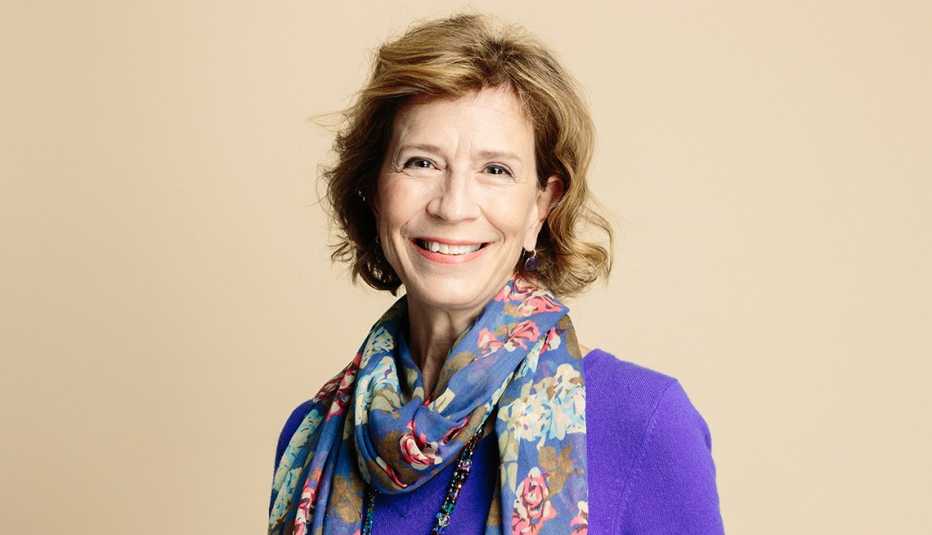AARP Hearing Center


“I want to show how valuable women are so people can continue to invest in them and not see them as victims,” says Griffiths.
As a world-traveling, award-winning photographer for National Geographic, Annie Griffiths has seen close up the challenges and hardships many people, particularly women, face in developing countries. These include a lack of access to clean water, sufficient food and shelter, safe energy sources, health care, education and other critical resources.
In 2009, Griffiths learned that funding for aid programs designed to empower these women was significantly more effective than funding for projects aimed at men. Yet only 2 cents of every aid dollar went to such initiatives for women. “I was furious, and I felt the media had been a participant in that inequity,” says Griffiths, now 65.
That same year, Griffiths had a personal crisis, brought on by the end of her marriage and her mother’s serious illness, and it sparked an epiphany. “I realized the rest of my life mattered, and I decided to use what I do to help,” she explains.
































































